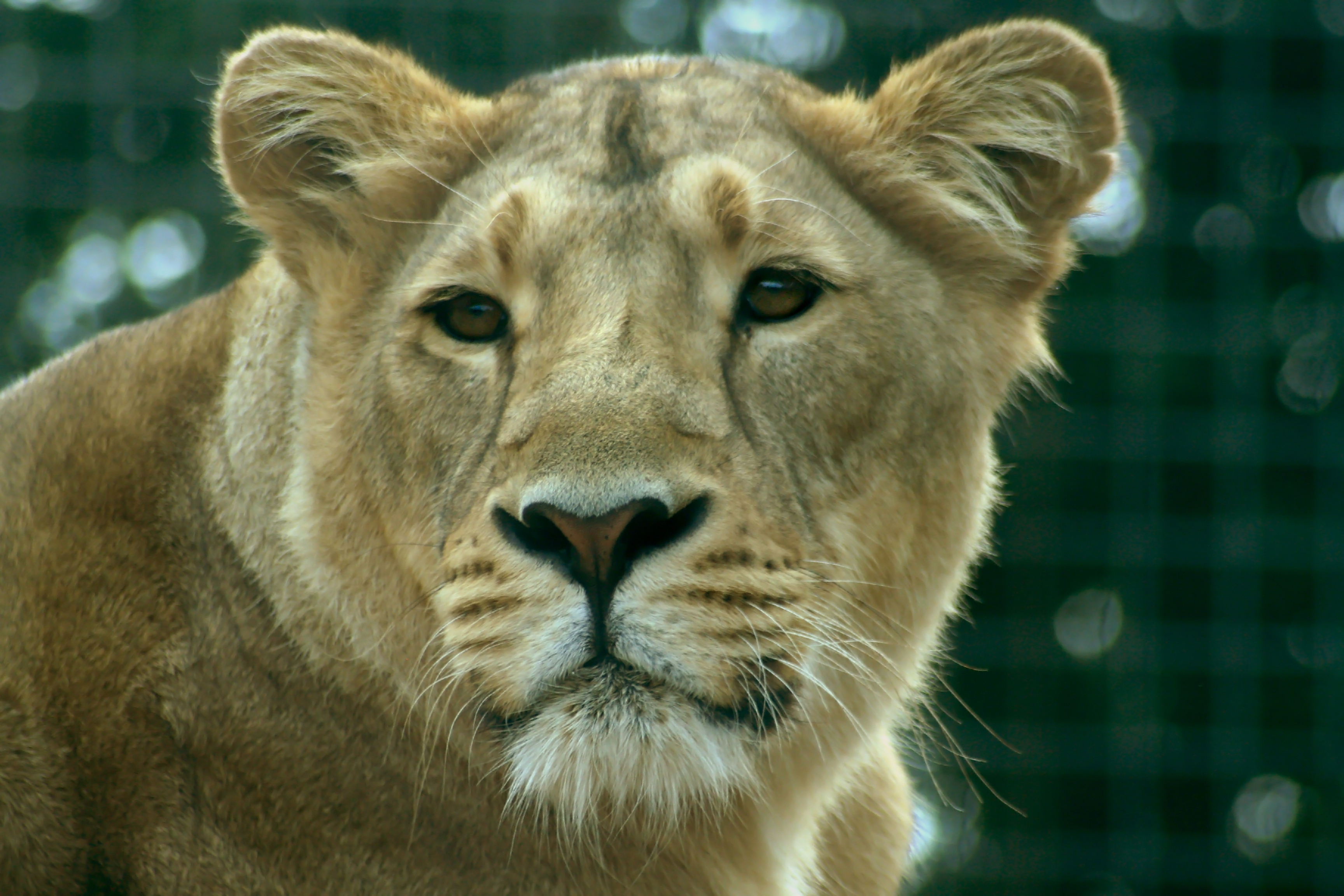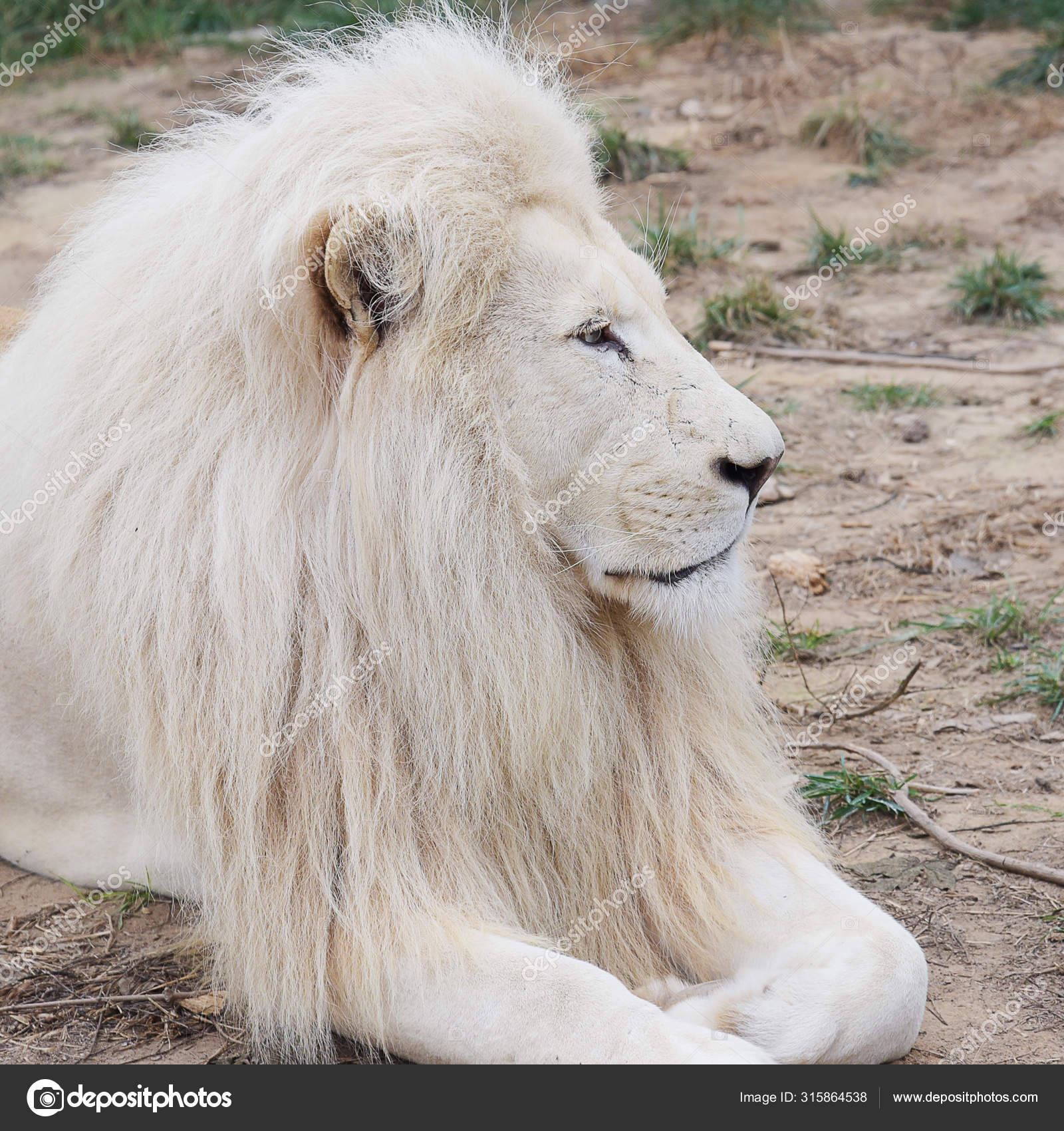Introduction to the Most Majestic Animal in the World, The Lion
When individuals find out that there are different breeds of lions they want to know how many types of lions are there remaining in the wild and in captivity.
Most people probably do not know that the lion is an endangered animal. This article brings to light for the reader the following lion types and some interesting facts and about what types of lions are there in the world today.
1. The Asiatic
There are several likenesses in all types of lions such as, all breeds of lions, like the Asiatic Lion, live in a pride. They are all close-knit and affectionate to one another. They all raise their cubs in the same manner and the lionesses are the hunters in all species.
The scientific name for the Asiatic Lion is Panthera Leo Persica. This majestic animal reaches 300 to 500
pounds, and its size is comparable to a six-foot man. The male lions
develop stately manes around their head. There may be up to three males,
including all the young. The males defend their territory and mark their
territory with urine. As the young grow, they may leave the unit and
find their own pride.
2. The African Lion and Lioness
The African Lion is the second largest lion in the world. The male lion has an impressive, long, busy mane of hair covering the head and neck. This bushy hair serves as protection to the head and neck when the males are fighting.
They call each other by roaring. Their
roar is said to be heard at least five miles away. The African Lion and
family members are affectionate with one another. An interesting fact is that a male will
stay within their pride for three to four years and leave. The female
remains with the pride as they age.
3. Katanga Lion (Southwest African Lion)
These types of lions are designated as truly the King of the Jungle. This lion makes its home in family units or prides and work hard to protect their family’s pride. They have a distinctive mane of hair around the head and neck. It is the female lioness of the family that does the hunting.
When the cubs reach a year of age, they
are taught to hunt. Meat sustains these lions, lionesses, and their cubs
from kills made on warthogs, zebras, and antelopes.
4. The White Lion
The story of these majestic creatures is a sad story to those who love these animals. Hearts go out to each White Lion who can no longer be free to roam or at least be protected in a secure natural environment. The White Lion makes its home in only one place on earth, the Timbavati and Kruger areas.
As far as White lions being at high risk for extinction, some scientists attest to this fact while other scientists claim this totally fictional. Most agree that there is a lot of misinformation in the public realm regarding the White lion.
5. Masai Lion
These types of lions have been described as having longer legs and their bodies are less stocky or plump. Their backs do not appear as curved as other lion species. The males have tufts of fur on their knees.
t all depends on the altitude of the habitat of the this lion because the higher the habitat is, the fuller the mane becomes. The lower the habitat, such as in northern Kenya, where the climate is more humid and warmer, their mane is not as full.
6. The Abyssinian
These lions are found as a descendant of the original five male and two female lions in 1948 at a private zoo. The zoo owner Emperor Haile Selassie claimed that the lions originally came from southwestern Ethiopia.
The lions reside in captivity in a small animal park in Addis Ababa, Ethiopia. Unlike most lions, this species is shorter, and the males have distinctive black manes. The manes extend from the shoulders to the stomachs. These lions also carry unique and rare DNA.



